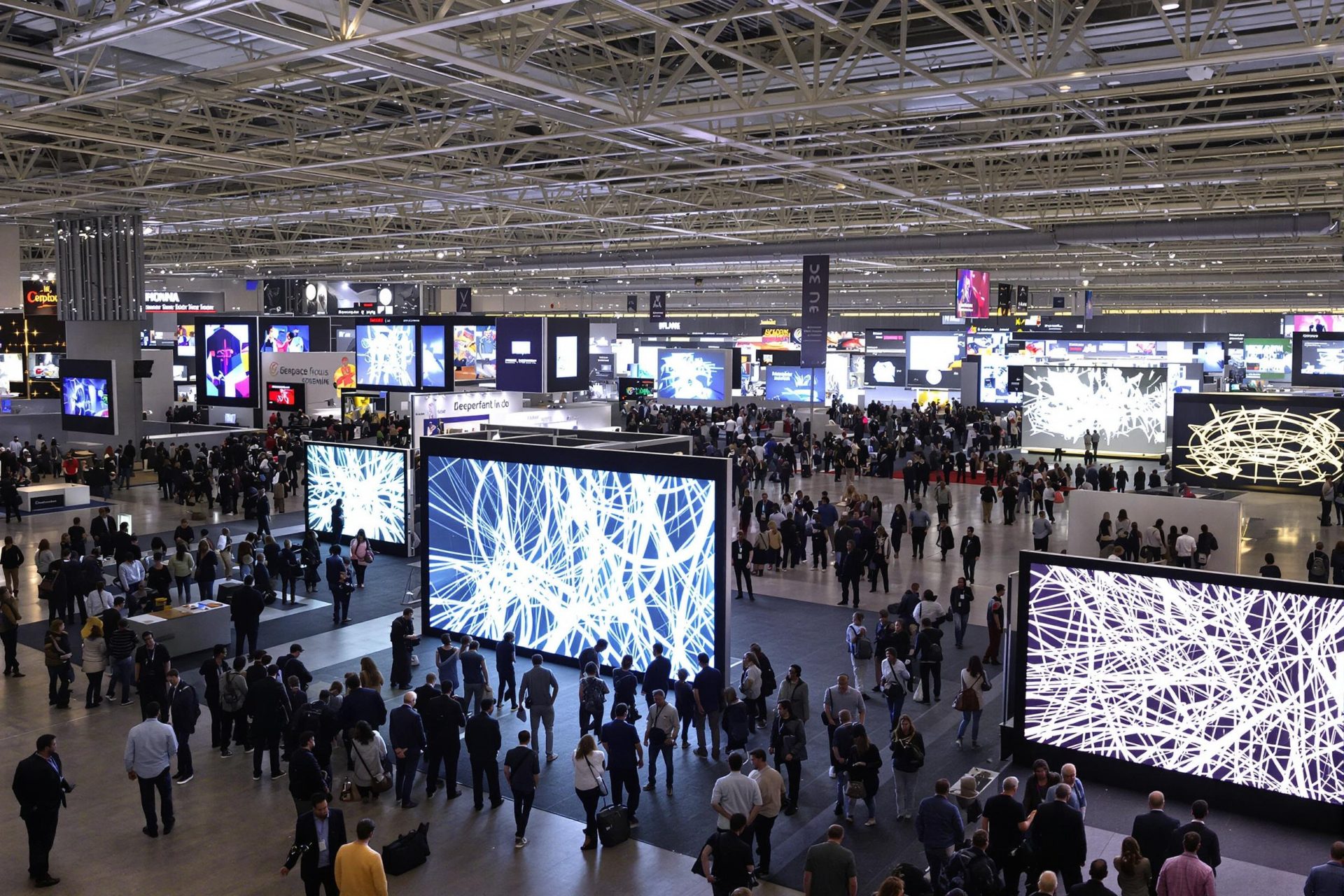Key Takeaways
- Nvidia is preparing to launch a new, more affordable artificial intelligence chip designed specifically for the Chinese market.
- This development follows new U.S. export restrictions that impacted its previous H20 model.
- Mass production for the new chip is anticipated to begin as early as June.
- The chip aims to comply with U.S. regulations while still catering to demand in China.
Nvidia is gearing up to release a new artificial intelligence chip for China, and it will come with a significantly lower price tag than its recently restricted H20 model. Sources familiar with the matter told Reuters that mass production could kick off as early as June.
This new graphics processing unit (GPU) is part of Nvidia’s latest Blackwell-architecture AI processors. It’s expected to be priced between $6,500 and $8,000, a considerable reduction from the $10,000-$12,000 range of the H20.
The lower cost is a result of its toned-down specifications and simpler manufacturing requirements. The chip will reportedly be based on Nvidia’s RTX Pro 6000D, a server-class graphics processor.
Instead of more advanced high-bandwidth memory, it will use conventional GDDR7 memory. It also won’t utilize Taiwan Semiconductor Manufacturing Co’s advanced Chip-on-Wafer-on-Substrate (CoWoS) packaging technology, according to two of the sources. The product’s final name hasn’t been revealed, though some reports suggest it might be called the 6000D or B40.
This marks Nvidia’s third attempt to create a GPU tailored for the Chinese market amidst ongoing U.S. export controls aimed at slowing China’s technological advancements.
An Nvidia spokesperson mentioned the company is still weighing its “limited” options. “Until we settle on a new product design and receive approval from the U.S. government, we are effectively foreclosed from China’s $50 billion data center market,” they said. TSMC chose not to comment.
China continues to be a significant market for Nvidia, making up 13% of its sales in the past financial year. However, U.S. restrictions have presented major hurdles.
Nvidia CEO Jensen Huang stated last week that the company’s older Hopper architecture, which the H20 uses, can no longer be adapted to meet current U.S. export restrictions. He also noted that Nvidia’s market share in China has dropped from 95% before 2022 to around 50% today.
The latest export rules have introduced new limits on GPU memory bandwidth, a crucial factor for AI tasks that process vast amounts of data. The new GPU is expected to operate at around 1.7 terabytes per second using GDDR7 memory, just within these limits.
The effective ban of the H20 in April forced Nvidia to write off $5.5 billion in inventory and forgo $15 billion in sales, according to Huang. He also warned that continued U.S. export curbs might lead more Chinese customers to competitor Huawei, which produces the Ascend 910B chip.
Beyond this upcoming chip, Nvidia is also reportedly developing another Blackwell-architecture processor for China, potentially starting production as early as September. These efforts highlight Nvidia’s ongoing strategy to navigate restrictions and serve the substantial Chinese market.



